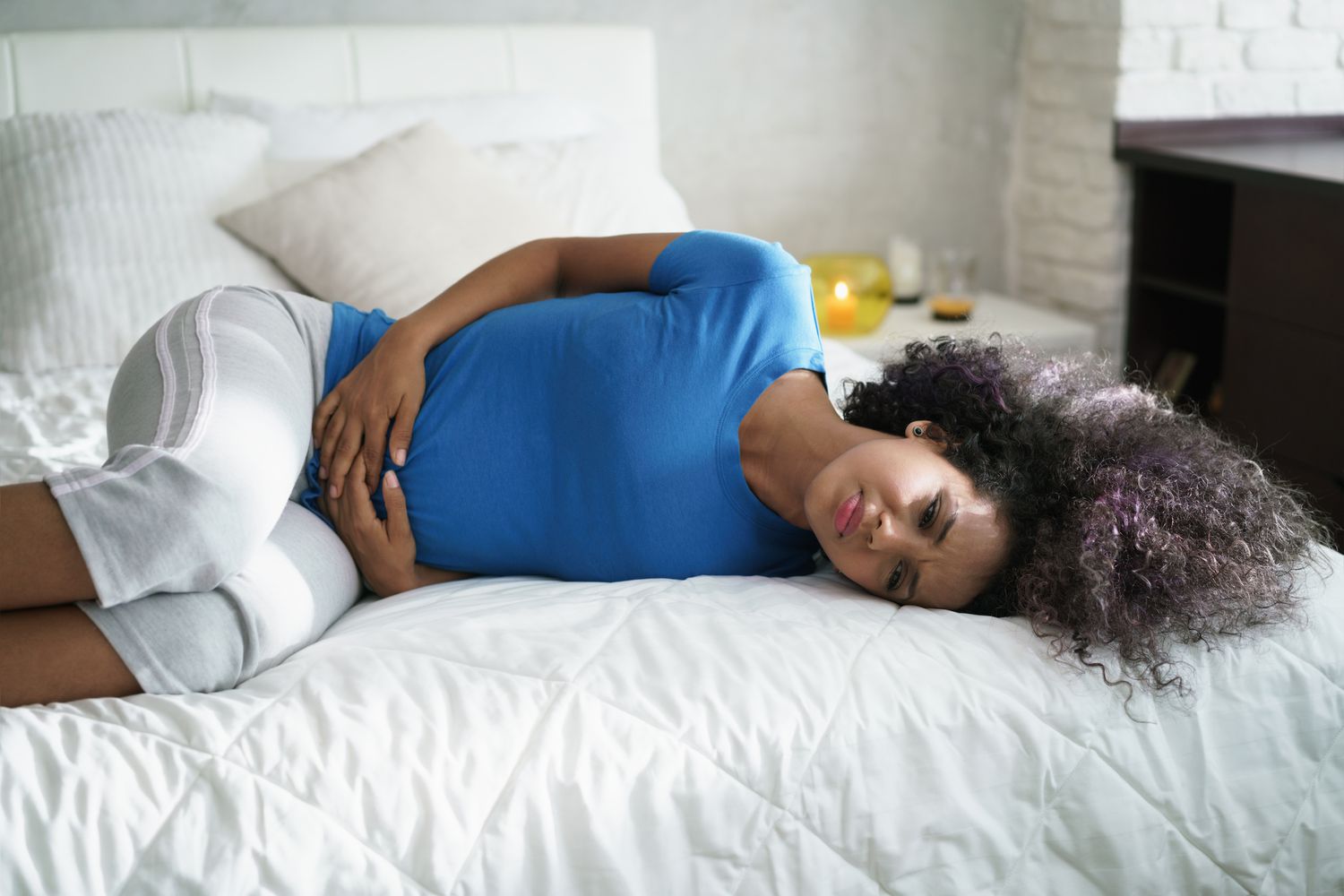Vaginal yeast infections, also known as candidiasis, are a common condition that affects many women. These infections are caused by an overgrowth of the fungus Candida albicans, which is naturally present in the vagina. The symptoms of vaginal yeast infections can vary from person to person, but they often include itching, burning, and discomfort in the vaginal area.
Symptoms of Vaginal Yeast Infection
The first symptom of a vaginal yeast infection is usually itching. This itching can be intense and is often accompanied by a burning sensation. The itching may be accompanied by a white, thick discharge that may have a cottage cheese-like consistency. The discharge may also have a strong, unpleasant odor.
Another symptom of a vaginal yeast infection is redness and swelling of the vulva. The vulva may also be sore and tender to the touch. In some cases, there may be small red bumps or blisters on the vulva.
Painful urination and intercourse are also common symptoms of a vaginal yeast infection. This is because the infection can cause irritation and inflammation in the vaginal area. Some women may also experience a general sense of discomfort or fatigue.
A vaginal yeast infection can also cause other symptoms, such as a fever or chills. These symptoms are usually a sign of a more serious infection and should be treated as soon as possible.
Treatment for Vaginal Yeast Infection
Treatment for vaginal yeast infections typically involves the use of antifungal medications. These medications can be taken orally or applied directly to the affected area. Some of the most common antifungal medications used to treat vaginal yeast infections include:
Clotrimazole (Canesten)
Miconazole (Monistat)
Fluconazole (Diflucan)
Clotrimazole and miconazole are available over-the-counter, while fluconazole is available by prescription. These medications are typically used for 3-7 days, depending on the severity of the infection.
In addition to antifungal medications, there are also other ways to treat vaginal yeast infections. Some women may find relief from using over-the-counter creams or ointments that contain natural ingredients, such as tea tree oil, garlic, or yogurt.
Some women may also find relief from using probiotics, which are supplements that contain beneficial bacteria. These bacteria can help to restore the balance of bacteria in the vagina, which can help to prevent yeast infections.
If you are experiencing symptoms of a vaginal yeast infection, it is important to seek treatment as soon as possible. If left untreated, a vaginal yeast infection can lead to more serious complications, such as pelvic inflammatory disease or recurrent infections.
If you are experiencing symptoms of a vaginal yeast infection, it is important to see your healthcare provider for a diagnosis and treatment. Your healthcare provider can help to determine the cause of your symptoms and recommend the best treatment options for you.
In conclusion, vaginal yeast infections are a common condition that affects many women. The symptoms of a vaginal yeast infection can vary from person to person, but they often include itching, burning, and discomfort in the vaginal area. Treatment for vaginal yeast infections typically involves the use of antifungal medications, but some women may find relief from using over-the-counter creams or ointments that contain natural ingredients or probiotics. If you are experiencing symptoms of a vaginal yeast infection, it is important to seek treatment as soon as possible.

 Home
Home Health
Health Diet & Nutrition
Diet & Nutrition Living Well
Living Well More
More












